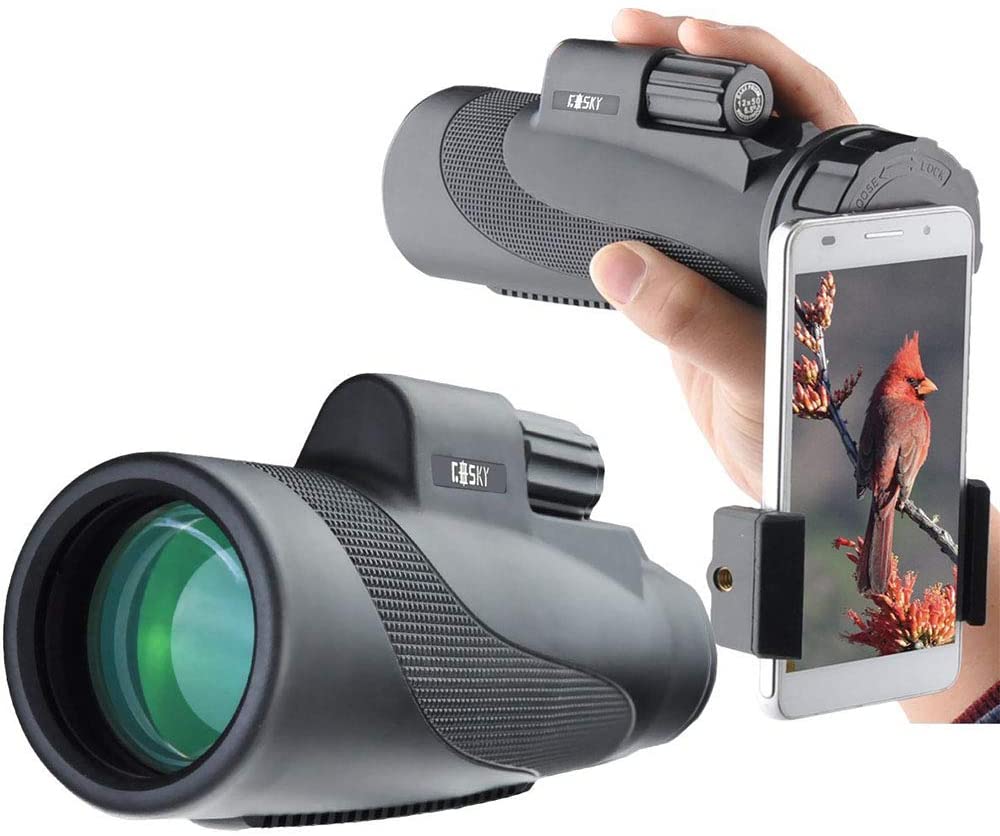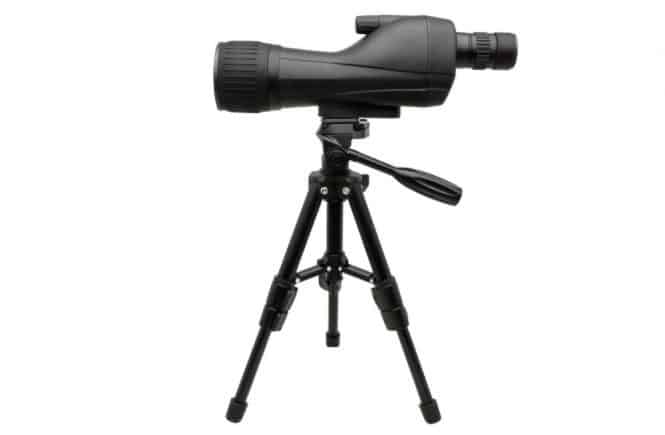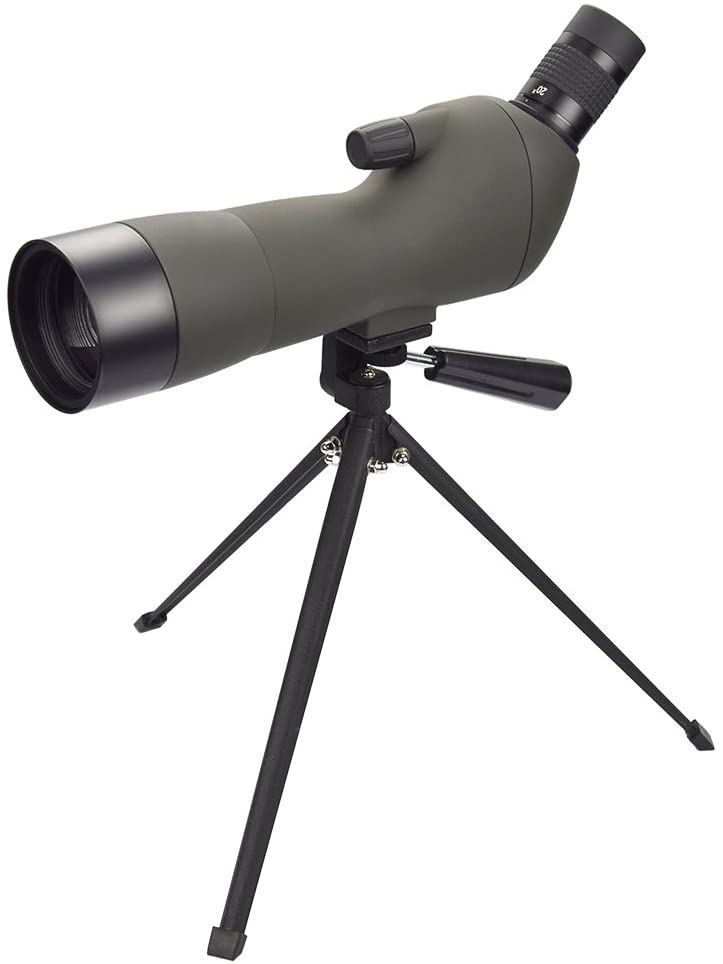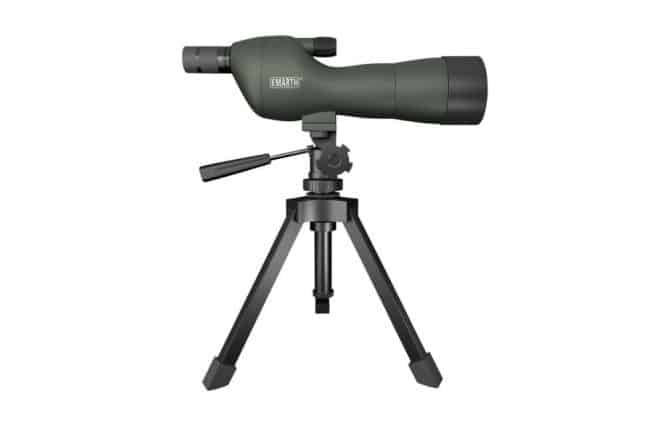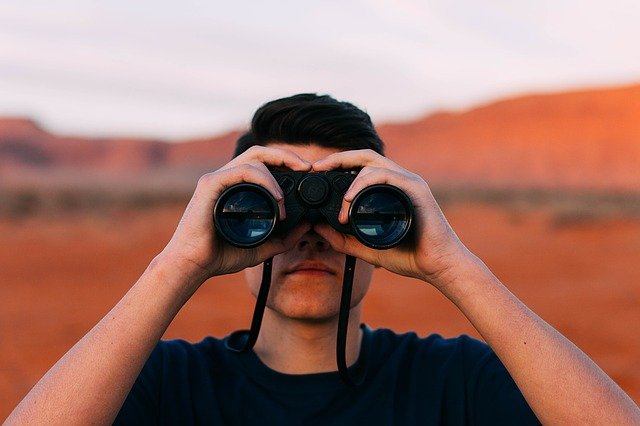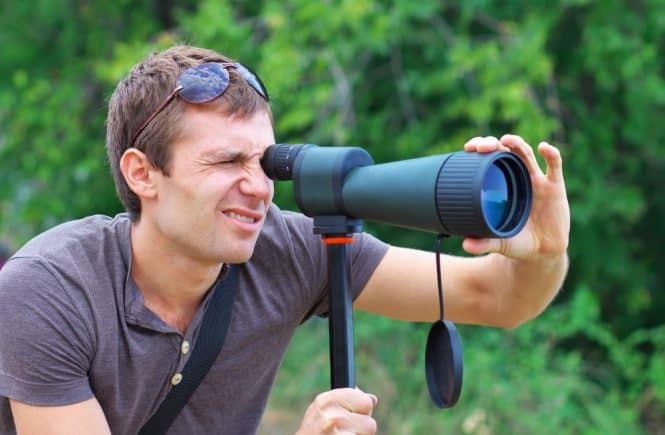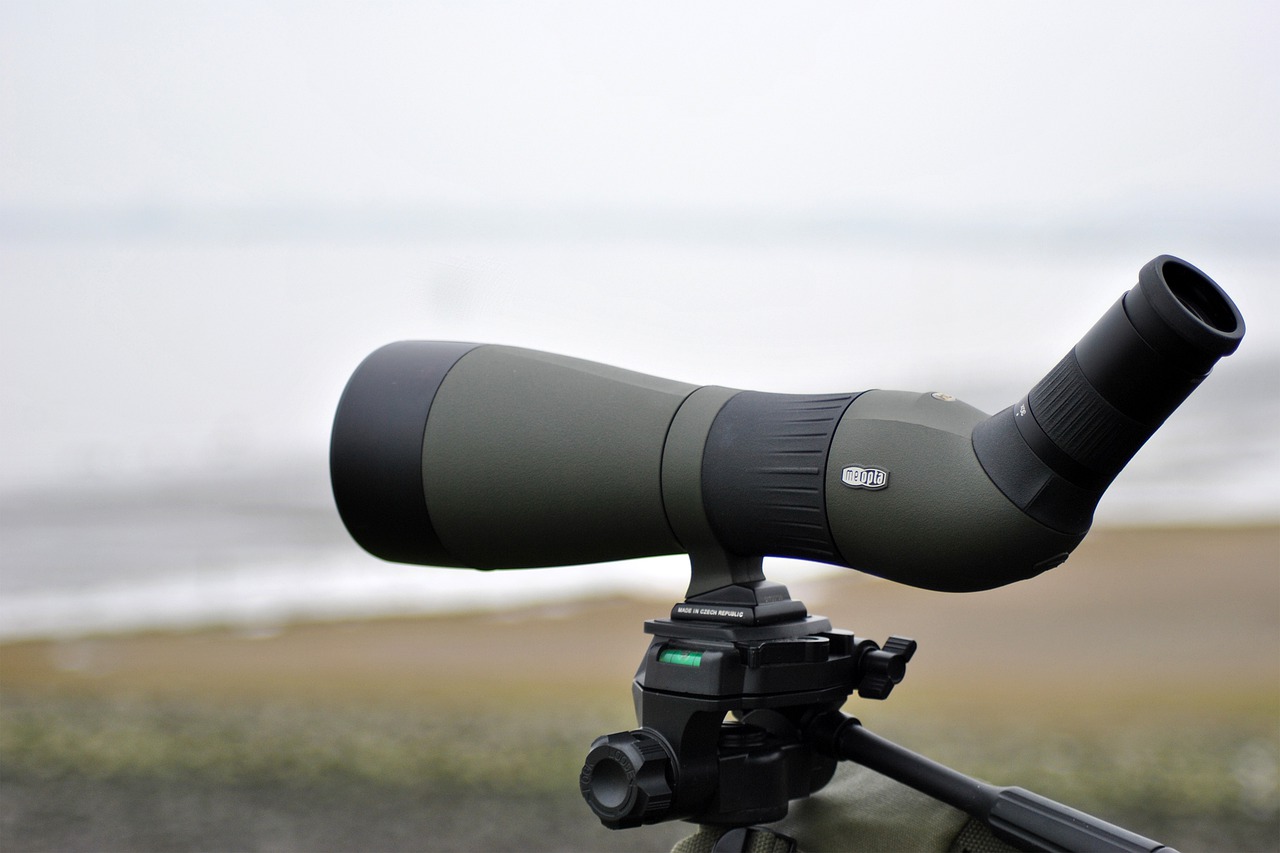
A&W Outlets
The Best Spotting Scope Reviews and Advice
The Best Spotting Scope for Birdwatching
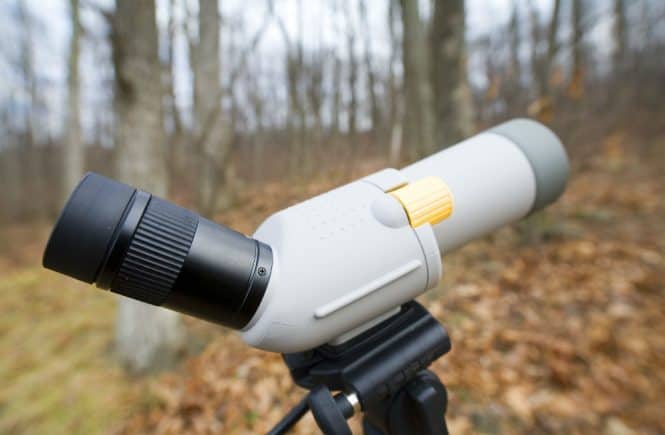
This site contains affiliate links to products. We may receive a commission for purchases made via these links.
Table of Contents
Introduction
The best spotting scope is used whenever the user requires lots of magnification that he cannot get from a simple pair of binoculars. They are mainly utilized in activities like birdwatching, watching wildlife, hunting, and astronomy at long distances.
The terms used in spotting scopes are no different from the ones used for binoculars though, so if you are quite familiar with binoculars you will not have that much trouble understanding the workings of the spotting scope.
Which spotting scope for birding is considered the best? We will discuss more in this article.
The substantially increased magnification of a spotting scope can take birdwatchers to levels that no standard pair of binoculars can take them. A quality spotting scope for birding will be based on the device’s optical system and the atmosphere.
Dust, humidity, wind, heavy air, air currents, and glare can have a significant influence on image quality. Furthermore, the higher the magnification, the more obvious the decrease in image quality so you have to keep this one in mind.
There are only a few spots in which you can freely make use of magnifications higher than 60 to 80x in the daytime so the majority of spotting scopes stop at 60x. The device’s optical system will have an influence on the magnification as well.
Which spotting scope for birding is recommended by most experts will depend on some of these aspects and features. Know more about these terms and remember them.
Objective Diameter
In case you are matching up models with the same quality within your price range. You should keep in mind that the bigger the scope’s objective lens, the more details you will be able to acquire since it will have excellent image quality, particularly at greater magnifications.
But a bigger lens with subpar quality can never match up to the performance of a tinier yet high-quality lens. Hence remember to go after quality and not the objective lens’s size.
Close Focus
Some will mention that this is not a requirement but a close focus of 20 feet or less may be beneficial, particularly if you want to make use of a spotting scope plus camera combo.
Eye Relief
Eye relief refers to the distance the eye can be from the device and still make out a complete field of view or FOV. As a rule, you should acquire 14 mm of eye relief at the least to view a full FOV with eyeglasses. Individuals wearing eyeglasses with thicker lenses will most possibly need more.
Tripods
Because of higher magnification, holding a spotting scope with your hand and anticipating a clearer, steadier image is practically an impossible feat to accomplish. Hence it needs support in the form of a tripod.
Lower magnifications can make do with shoulder stocks or monopods but higher magnifications will indeed entail the use of a tripod. The bigger and heftier the scope, the bigger and heavier the tripod must be.
Waterproof Quality
This might not be a must for some but this is still a practical feature to have on a scope. The seals included on waterproof models keep away dirt, dust, and water and it can lengthen the life of the device.
The Verdict
So which spotting scope for birding will work excellently? The majority of birdwatching experts and enthusiasts agree that the most recommended magnification range for birdwatching with a scope is 20x to 40x.
Higher than 40x and the FOV will be too narrow to be convenient and realistic. Higher ones will also give blurrier images. Remember that issues like heat waves can maximize at greater magnifications.
In case you are after twilight and dawn birdwatching or if you live in a dimmer and often cloudy location, a scope with a wider objective lens will be best. You can opt for a scope with a lens of 60x magnification, 77mm to 82mm.
But a bigger objective lens can also mean an increase in the weight and size of the scope. Birdwatchers who often go about the activity in the daytime and do not appreciate carrying such a heavier piece of equipment may want to go after objective lenses bearing sizes from 60mm to 65mm.
Whether you are a casual birdwatcher or an avid one, enjoy identifying wild birds and providing birds with feeders in your backyard, it is not bad if you want a spotting scope that ranks high when it comes to quality because it will make the whole experience more enjoyable and rewarding.
Latest Reviews
Latest Articles
Follow Us
© 2021 AW OUTLETS
